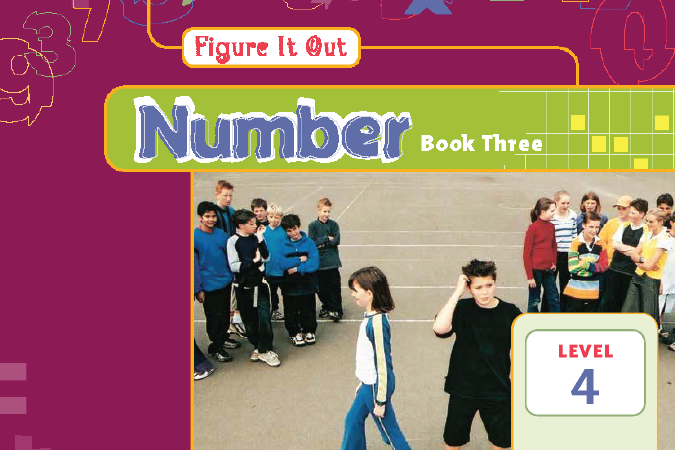Cover up
This is a level 4 number link activity from the Figure It Out series. It is focused on exploring the order of operations in problems. A PDF of the student activity is included.

About this resource
Figure It Out is a series of 80 books published between 1999 and 2009 to support teaching and learning in New Zealand classrooms
This resource provides the teachers' notes and answers for one activity from the Figure It Out series. A printable PDF of the student activity can be downloaded from the materials that come with this resource.
Specific learning outcomes:
- Explore the order of operations in problems.
Cover up
Achievement objectives
NA4-1: Use a range of multiplicative strategies when operating on whole numbers.
Required materials
- sets of counters (a different colour for each player)
- 4 dice
- Figure it out, Link, Number, Book Three, "Cover up", page 9
- 1 or more classmates
See Materials that come with this resource to downlaod:
- Cover up game (.pdf)
Activity
Clear, coloured counters are ideal for this game, in which the students use their basic facts along with their understanding of the order of operations. They need a good understanding of the order of operations conventions.
The acronym BEDMAS is often used to help students remember the order of operations. Each letter stands for an operation, and the order of letters in the acronym is the order in which to perform the operations.
In BEDMAS, B refers to anything inside brackets in the equation. E refers to exponents, that is, powers, square roots, and so on. D and M refer to division and multiplication, including finding the percentage of numbers. Division and multiplication are treated together and completed as they are encountered in the equation going from left to right. A and S refer to addition or subtraction, which are treated together and completed as they are encountered in the equation going from left to right.
An example is:

Some calculators follow these conventions for ordering operations, and some calculators do not. Have the students check out several calculators and decide whether they follow these conventions. You could use something like 8 – 2 x 3 = as a quick test. If 8 – 2 x 3 = 18, the calculator does not follow the normal conventions. If 8 – 2 x 3 = 2, it does. A more advanced test is the equation above.
Game
A game using order of operations.
The quality of the images on this page may vary depending on the device you are using.


